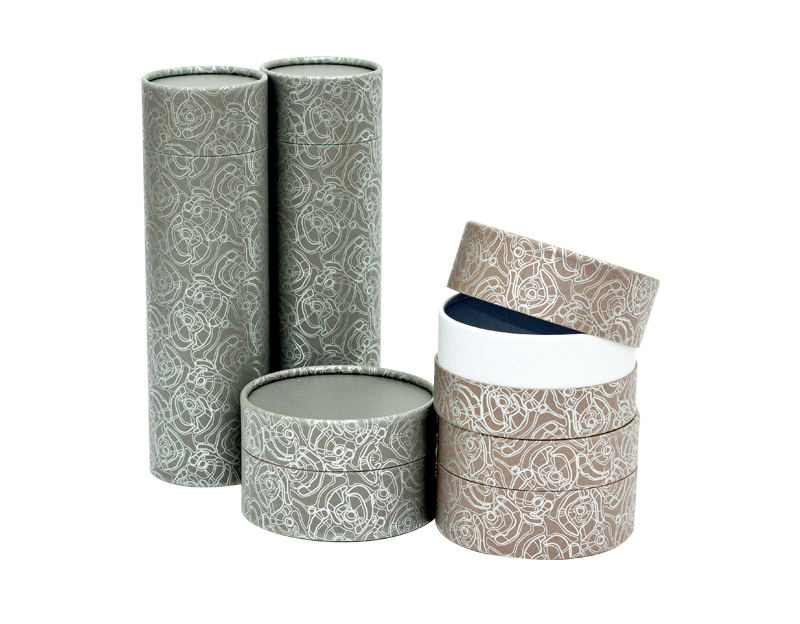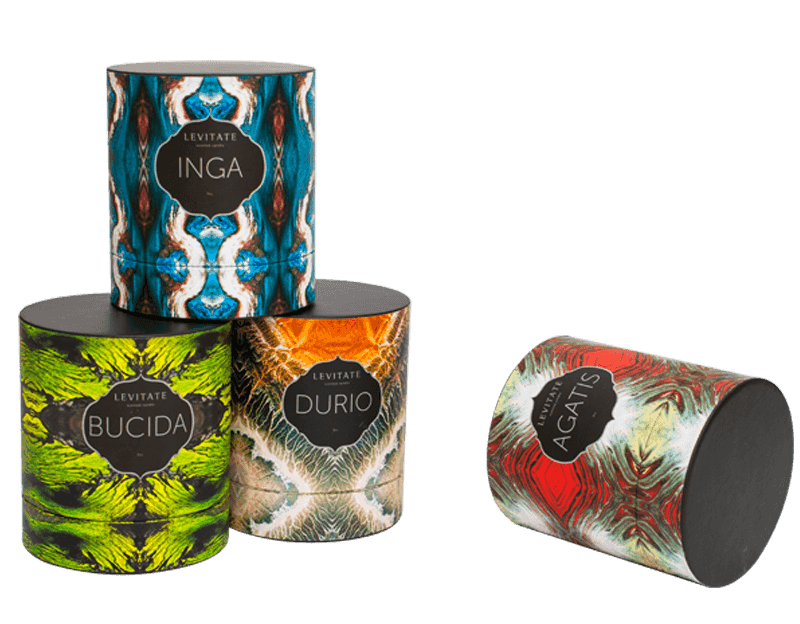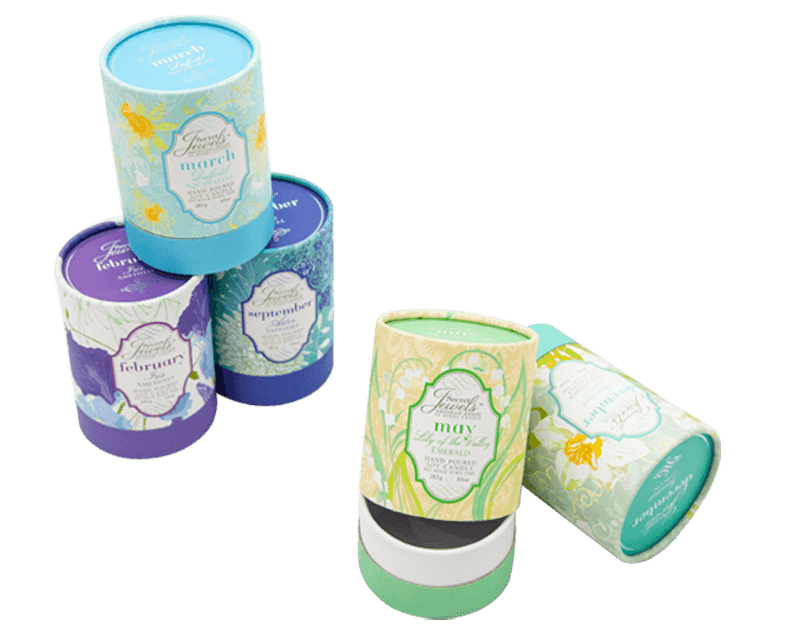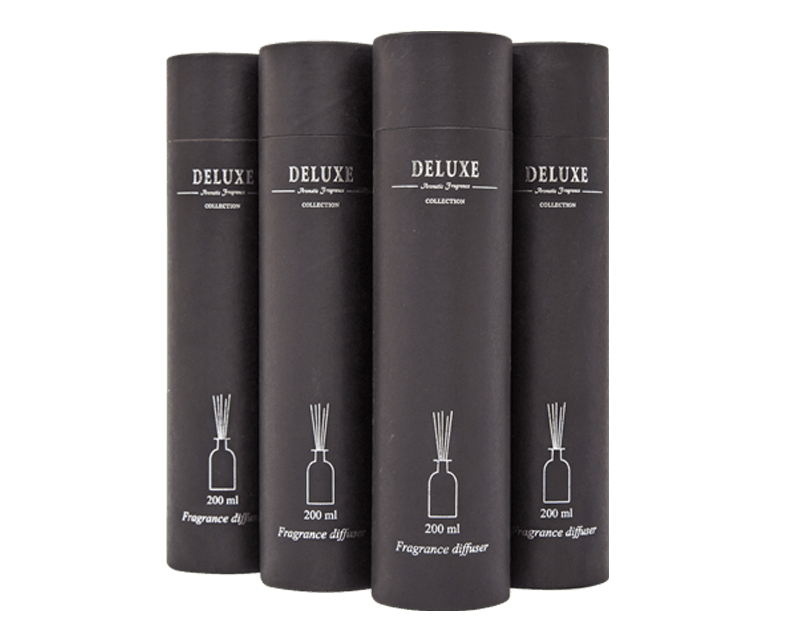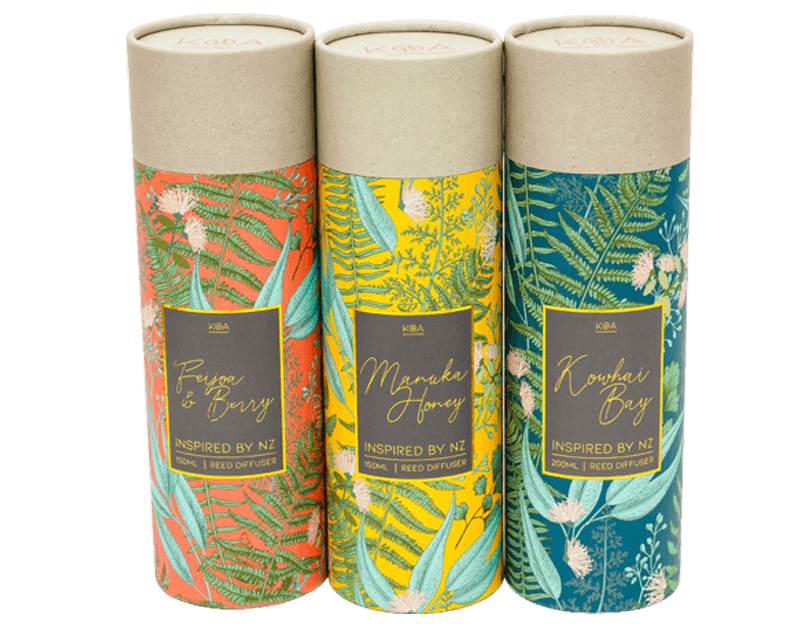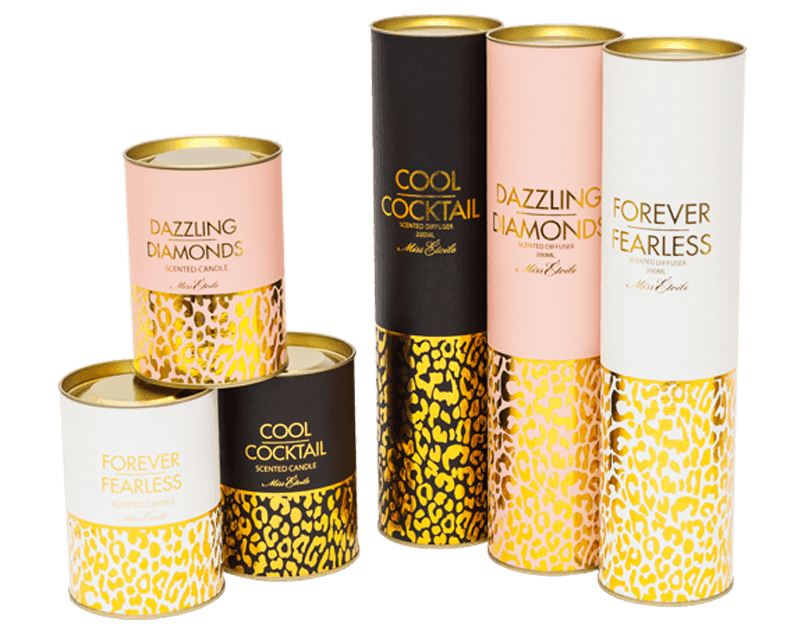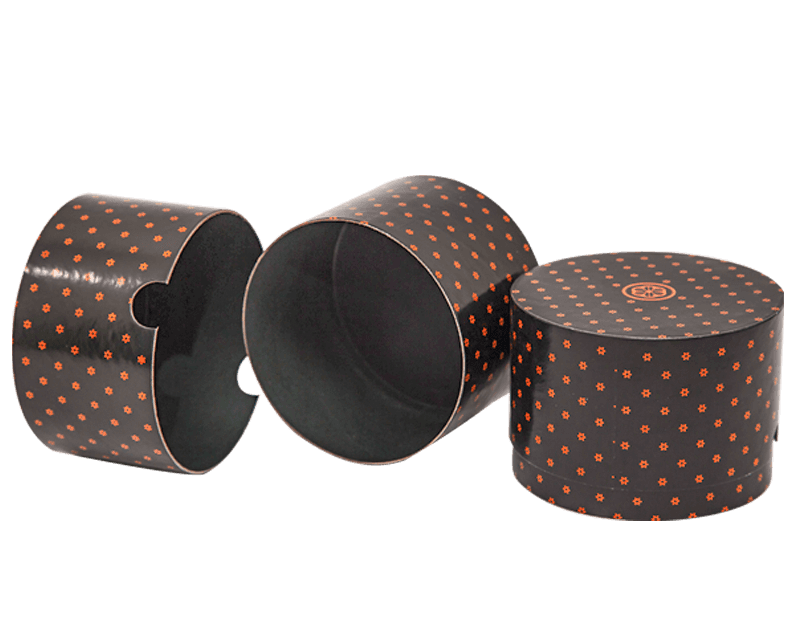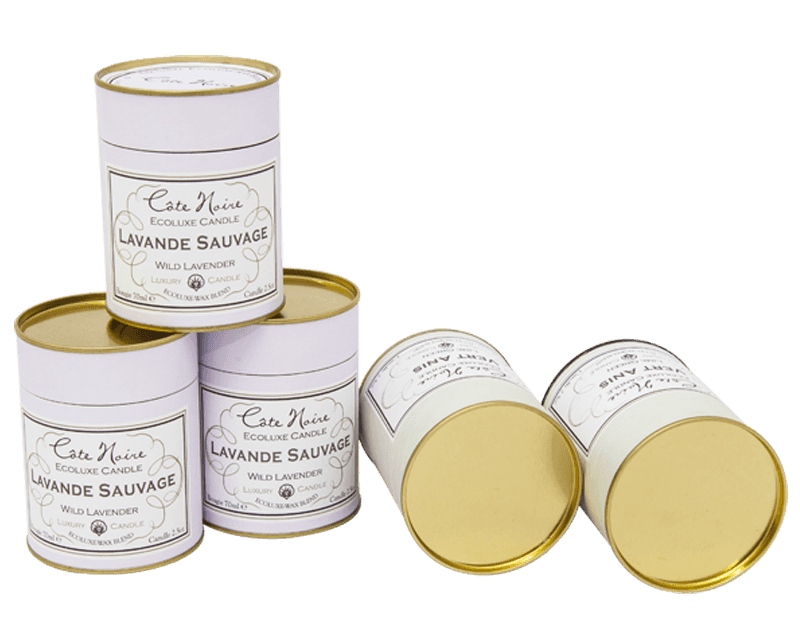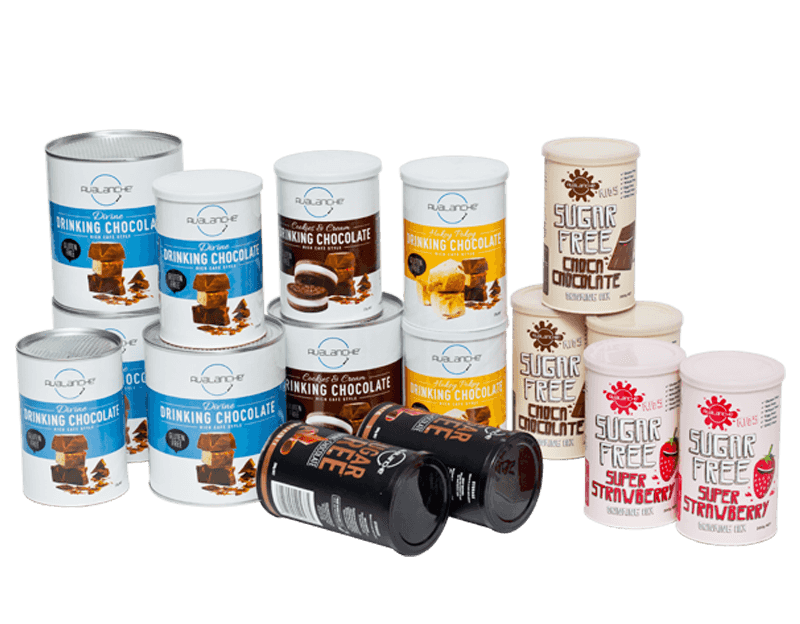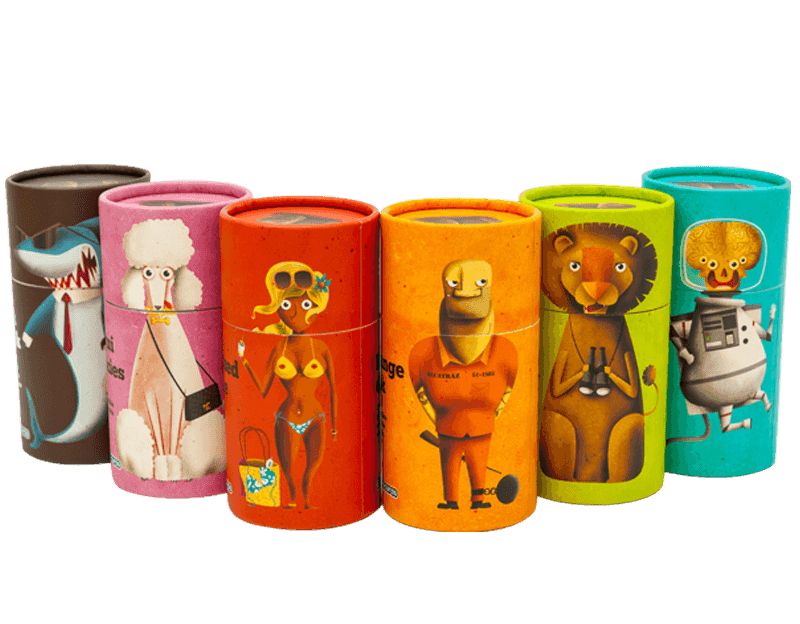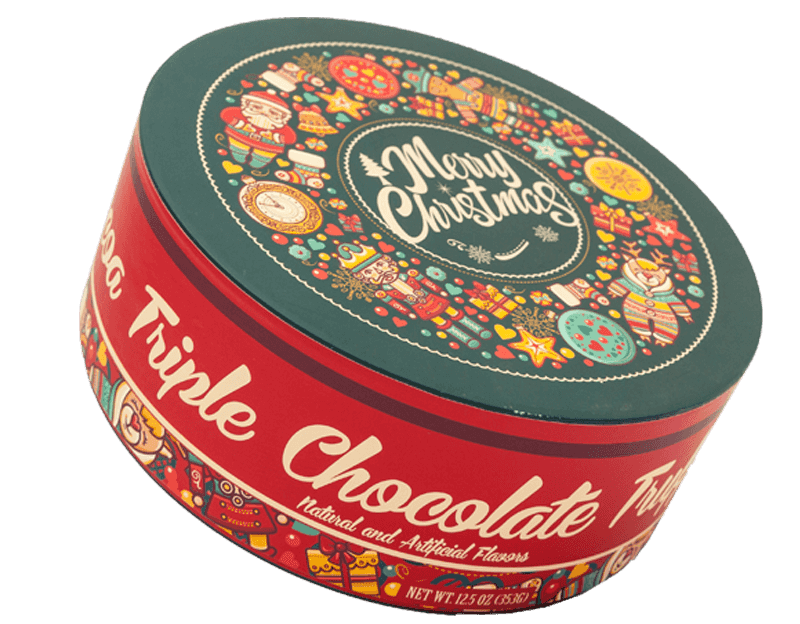As one of the top China cardboard tube packaging manufacturers and paper tube packaging suppliers, we devote all of our efforts to research and launch more high quality packaging products to global market.
When sourcing paper tubes for any application, from packaging to industrial cores, understanding the dimensional specifications is crucial. These measurements, far from being just numbers, dictate the functionality, performance, and compatibility of the final product. A simple miscalculation in a single dimension can render an entire batch of cardboard tubes useless.
The dimensional specifications of a paper cylinder are defined by three primary measurements: the inner diameter (I.D.), the wall thickness, and the length. Together, these three metrics determine the overall size and structural integrity of the tube.
Inner Diameter (I.D.)
The inner diameter is arguably the most critical dimension. It refers to the measurement of the empty space inside the paper pipe. This is the key measurement for applications where the tube will fit over another object or hold something with a specific size.
- For Winding Applications: The I.D. must precisely match the diameter of the mandrel or shaft onto which the paper core will be mounted. For example, a textile company winding fabric or a film manufacturer rolling plastic will require the I.D. to be an exact fit for their machinery to ensure a smooth, secure process.
- For Packaging: The I.D. must be large enough to comfortably accommodate the product being packaged, such as a rolled-up poster, a bottle, or a delicate component.
Wall Thickness
The wall thickness is the distance from the outer surface of the tube to the inner surface. This dimension is a direct indicator of the tube’s strength and crush resistance. It is determined by the number of plies (layers of paper) and the thickness of each ply.
- Impact on Strength: A thicker wall provides greater rigidity and protection, which is essential for heavy-duty applications like shipping heavy metal parts or serving as a strong fiberboard core for winding industrial materials.
- For Shipping and Mailing: A robust wall thickness prevents the tube from being crushed during transit, protecting the contents from damage. A thin-walled paper casing, on the other hand, might be sufficient for a light-duty application like a simple craft project.
Length
The length of the paper tube is the measurement from one end to the other. This dimension is typically easier to specify but is no less important for functionality.
- Cutting Precision: The length must be cut with a high degree of precision to meet the customer’s requirements. For products like mailing tubes, the length must accommodate the specific size of the item being shipped.
- Manufacturing Efficiency: Manufacturers can produce long, continuous paper rolls that are then cut down to the desired lengths. This process allows for custom sizes and minimizes waste.
The Interplay of Dimensions
It’s important to understand that these three dimensions are not isolated. They work in tandem to define the tube’s overall characteristics. A longer tube with a very small wall thickness might be prone to bending, while a short tube with a very thick wall will be extremely rigid.
When ordering paper cylinders, it’s common practice to specify the dimensions in the following format: I.D. x Wall Thickness x Length. For example, a “3 inch I.D. x 1/8 inch Wall x 24 inches long” tube clearly communicates all the necessary information for the manufacturer to produce the correct product. Whether it’s a simple cardboard roll for a school project or a complex paper core for a manufacturing line, getting the dimensions right is the first step toward a successful outcome.
 English
English Español
Español
